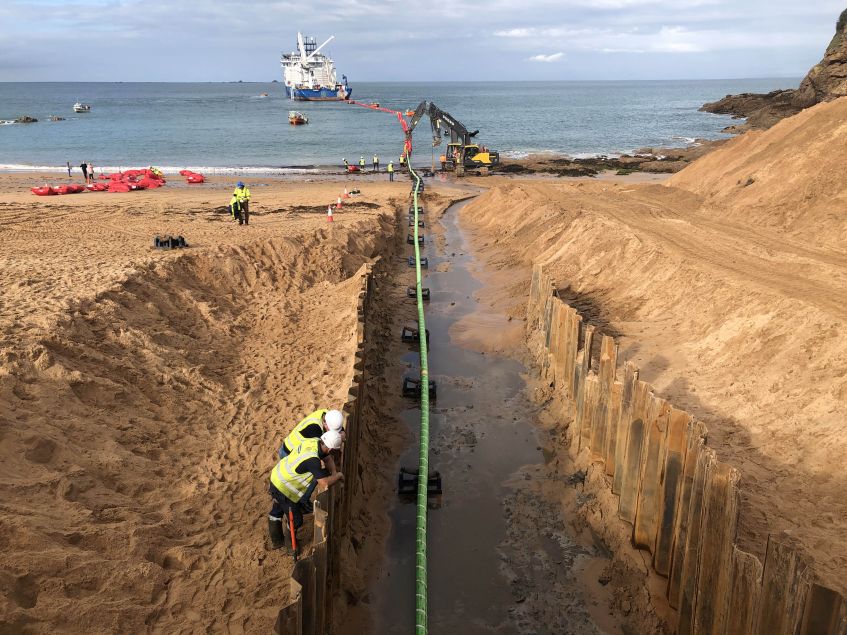Recent News
- Waves Group Celebrate 5 Years of Operation in Singapore
- Major Milestone Achieved in the Decommissioning of the Historic Royal Sovereign Lighthouse
- Waves Group Welcomes Captain Stanislav Ivanov as Vice President of the Houston office
- Waves Group Goes Green with Green Marine’s Project Verdant – UK’s First CTV (Crew Transfer Vessel) Powered by Hydrogen
- A New Organisational Structure for Waves Group Board of Directors
Archives
- March 2024
- December 2023
- November 2023
- June 2023
- April 2023
- February 2023
- January 2023
- November 2022
- October 2022
- September 2022
- August 2022
- July 2022
- June 2022
- May 2022
- April 2022
- March 2022
- February 2022
- September 2021
- June 2021
- May 2021
- March 2021
- February 2021
- January 2021
- December 2020
- October 2020
- September 2020
- August 2020
- July 2020
- April 2020
- March 2020
- February 2020
- January 2020
- December 2019
- November 2019
- October 2019
- September 2019
- August 2019
- June 2019
- May 2019
- April 2019
- March 2019
- February 2019
- January 2019
- November 2018
- October 2018
- September 2018
- July 2018
- May 2018
- September 2017
- July 2017
- January 2017
- December 2016
Reconnecting the Channel Islands
April 20, 2020

So, what happens when the cable supplying electricity to your island starts to fail? Fix it or replace it? This was the question faced by Guernsey Electricity in 2018. When the existing subsea cable, that forms part of the Channel Islands Electricity Grid (CIEG) network and connects Guernsey to Jersey (and onwards to France), suffered a number of faults in late 2018 and early 2019 and interrupted supplies to the islands, Guernsey Electricity were faced with a tough decision and a race against time to replace the 18 year old cable.
To ensure that the island had a full capacity supply and the ability to import low carbon and renewable supplies of electricity for the foreseeable future, Guernsey Electricity set about working to replace the old cable. They appointed NKT, a Danish cable manufacturer and installation contractor, to undertake these specialist works.
Following the successful completion of preparatory works and surveys, both onshore and offshore, Waves Group were appointed by NKT as Marine Warranty Surveyors for the delivery, installation and burial of the replacement cable.
Using their latest cable laying vessel, the NKT Victoria, works began in early October 2019 with the loading of about 40km of newly manufactured cable onto the vessel, under the watchful eye of our MWS, Gregg Watts.
Sailing first to Jersey, the NKT Victoria floated the cable end onto the beach, threading it between the rugged northerly coastline at Greve de Lecq. On a rising tide, the cable pull, overseen by Rob Williams, was winched up the beach, through the sand dunes and into a pre-prepared cable connection pit.
Laying a new sub-sea cable, which weighs over 77kg per meter, is a slow process. Sailing at a speed of about 10m per minute (about 0.3 knots!), the NKT Victoria set off along the pre-determined cable lay route towards Guernsey, arriving in the sheltered waters of Havelet Bay a few days later. Watched by a considerable public gallery, the cable was pulled ashore following the route of a steep slipway up to a connection pit in the middle of a roundabout.
To complete the installation, the ends of the cables were connected to the existing cable. The cable was also buried below seabed using a cable trenching tool. Rob subsequently returned to the islands to witness the burial of the cable on the beach and in the shallow waters of Havelet bay, using mass-flow excavation.
A challenging cable procurement and installation project was completed in a very short time thanks to good teamwork, communication and collaboration between all parties. The cable was energized in November 2019, ensuring the lights continued to shine brightly in Guernsey and Jersey for the foreseeable future. We are proud to have been part of this project as experts in risk mitigation for subsea cable installations.





